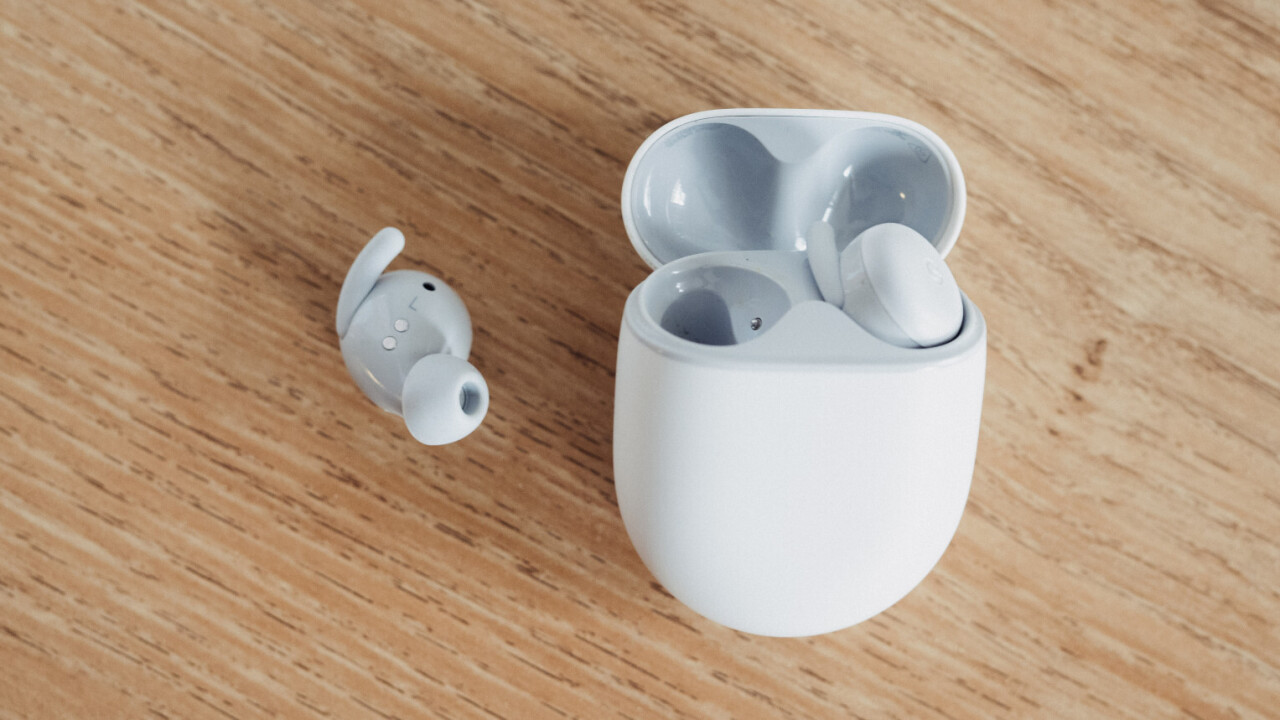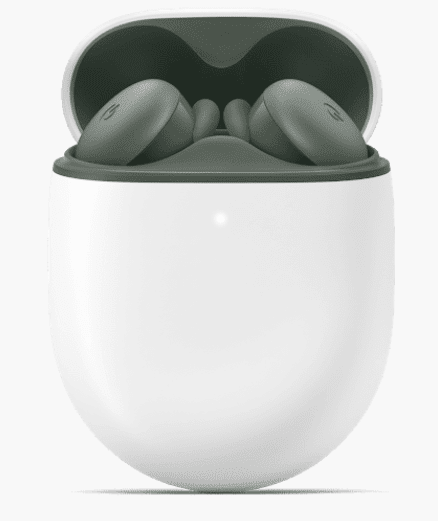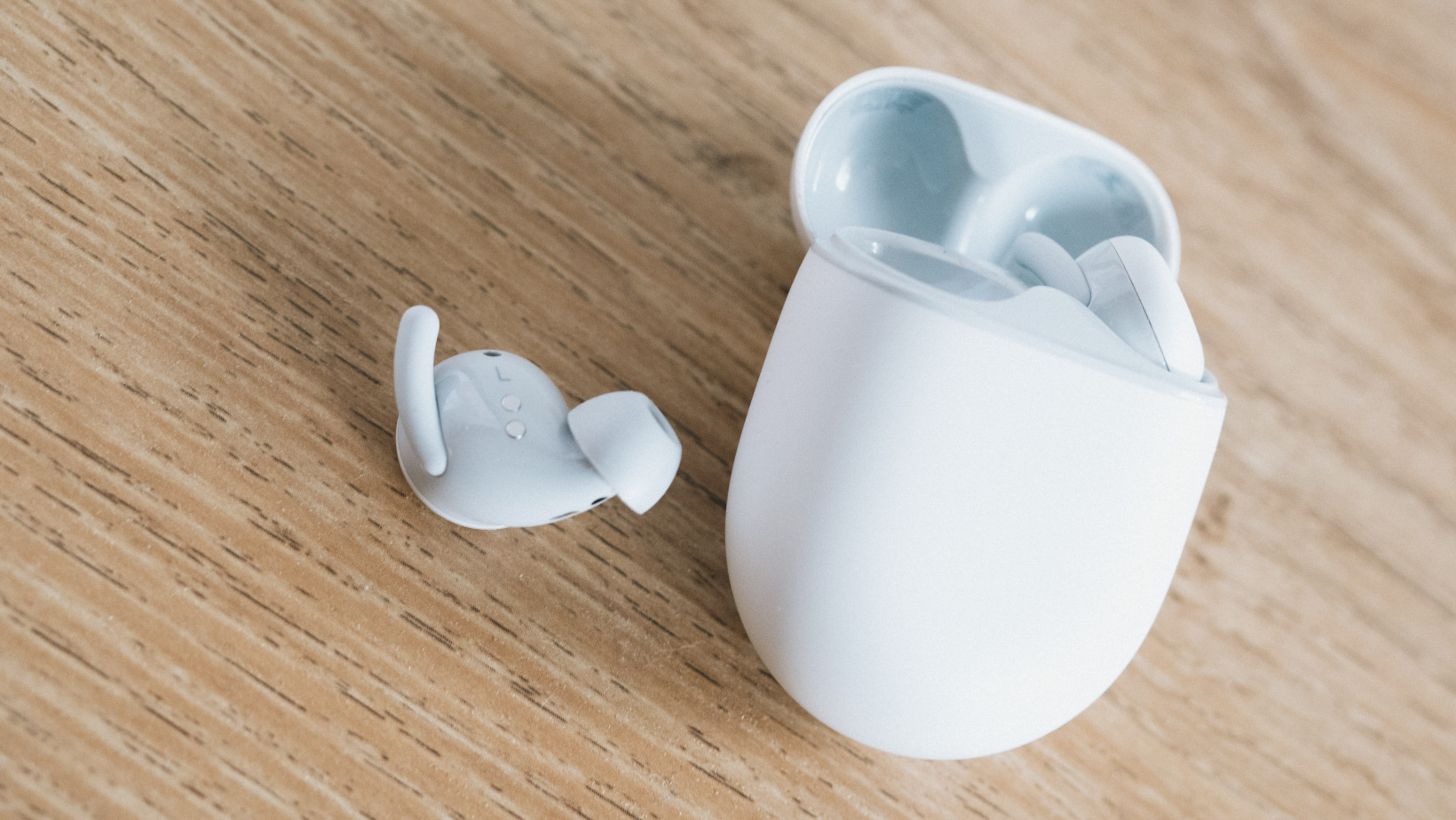
Google just announced the Pixel Buds A-Series, a more affordable take on its wireless earbuds. They cost $99 and they’re available to pre-order today in the US and Canada and ship June 17.
But I’ve been lucky enough to have them for a good 10 days or so, and that’s long enough for me to be comfortable saying this: the Pixel Buds A-Series are not only Google’s cheapest wireless earbuds yet, they’re also the company’s best. I’d go so far as to say they’re the easiest headphones to recommend for any Android user that doesn’t absolutely need tons of noise-canceling.
(By the way, I’m going to be calling them the Pixel Buds A from now on, because ‘A-Series’ is just dumb and Google continues to be bad at naming things.)
Granted, I was already a big fan of the 2020 Pixel Buds. Despite their issues at launch and intermittent connectivity problems, Google made a wealth of sensible design choices that have made them by far my most used headphones over the past year. A comfortable design, great sound quality, intuitive gestures, and the best voice integration of any headphones out there made them worth the occasional hassle.
The Pixel Buds A offers almost everything its predecessors did right while fixing almost everything they got wrong.
Few compromises
There are precisely two significant differences in functionality between the 2020 Pixel Buds and the Pixel Buds A.
- The Pixel Buds A can’t charge wirelessly.
- The Pixel Buds A don’t support swipe gestures for changing volume, only simple taps for playback control and accessing the Assistant.
That’s it.
The first omission didn’t bother me, as I rarely used wireless charging.
I thought the second one would bother me, as easy volume control was one of my favorite things about the earlier Buds, and it’s rare to find earbuds that give you easy access to all controls even if you’re only using one earbud at a time. But the Pixel Buds A’s voice recognition is so reliable and speedy that I don’t miss the volume controls nearly as much as I expected to.

Maybe there are some other minor changes I’m missing, but those are the only two meaningful downgrades in my day-to-day usage. Everything else is still there, including:
- Hands-free ‘Hey Google’ detection and deep Assistant integration
- Real-time translation
- AAC sound quality
- IPX4 water resistance
- Fast Pairing
- Adaptive Sound that changes the volume depending on your environment.
- In-ear detection
- Sound alerts to confirm your actions
Mercifully you can also opt to use either the left or right unit individually; on many wireless earbuds, the right or left unit acts as a ‘primary’ earbud, so you can’t use the other on its own.
Oh yeah, they also come in a ‘dark olive’ color now, so there’s that.

And some notable improvements
Here’s the thing: not only do the Pixel Buds A make few compromises, they also seem to be better than the 2020 Pixel Buds in many regards. Granted I can’t that say for sure, as my old Pixel Buds have suffered much abuse after daily listening for so many months, but the Pixel Buds A appear to be more responsive and reliable than their predecessors. Or at least, more responsive than the unit I have.
For one, Hotwords are recognized more quickly and consistently, so I find myself repeating ‘Hey Google’ or ‘Okay Google’ less often. This is particularly noticeable when I’m on my bike, since I only use one earbud at a time. The old Pixel Buds had trouble detecting the hotwords once I’d built up some speed. The Pixel Buds A, while not perfect, are much more reliable in this scenario, allowing me to bark commands without having to shout.

The Pixel Buds A’s Bluetooth connection also seems a good deal sturdier. Even after Google made improvements to the older Pixel Buds through updates, the headphones would still occasionally disconnect, with audio dropping out of one ear in some situations.
Connectivity issues with the Pixel Buds A have been few and far between. On rare occasions, the earbuds will fall slightly out of sync, leading to an off-center image (something that happened with the older model too) but the issues quickly rectify themselves.
As for sound quality, I still think it’s pretty great. The Pixel Buds A appear to be a bit brighter and therefore may come off as a little more transparent but also perhaps a little harsher with some tracks (again, it’s possible these differences are due to the wear on my older buds). Overall though, they still offer a sound quality I’d consider to be mostly neutral. Like the originals, I do find them a bit bass shy by default, but a bass boost option in the headphone’s settings quickly rectifies that.
A great deal
It’s not all sunshine and roses. Notably, the Pixel Buds A don’t offer noise cancelation or an ambient sound mode, two notable omissions when competitors like Amazon’s Echo Buds can bring those features for just $20 more. I still wish they could be actively connected to two devices at once. And the Pixel Buds A also feel a little cheaper and plasticky than the 2020 Pixel Buds, but it’s not something you’d notice unless you were making a direct comparison.

If you can live without a ton of noise-canceling or wireless charging, the Pixel Buds A offer seamless integration with Android and the best voice assistant experience of any headphone I’ve used, without compromising on comfort, sound quality, or reliability. Barring a few omissions, they improve on the earlier Pixel Buds where needed, without fixing what ain’t broke.
The $99 price is just icing on the cake. If you’re looking for a new pair of Android earbuds, the Pixel Buds A-Series should be near the very top of your list.
Get the TNW newsletter
Get the most important tech news in your inbox each week.




